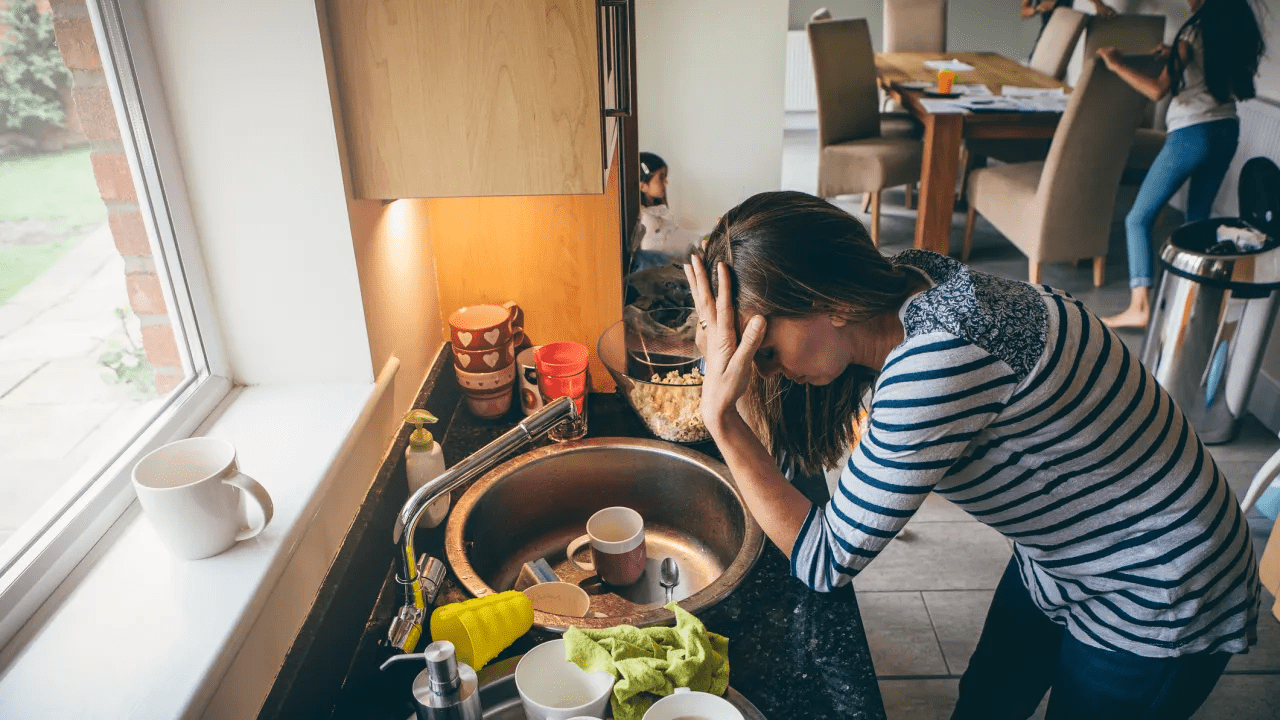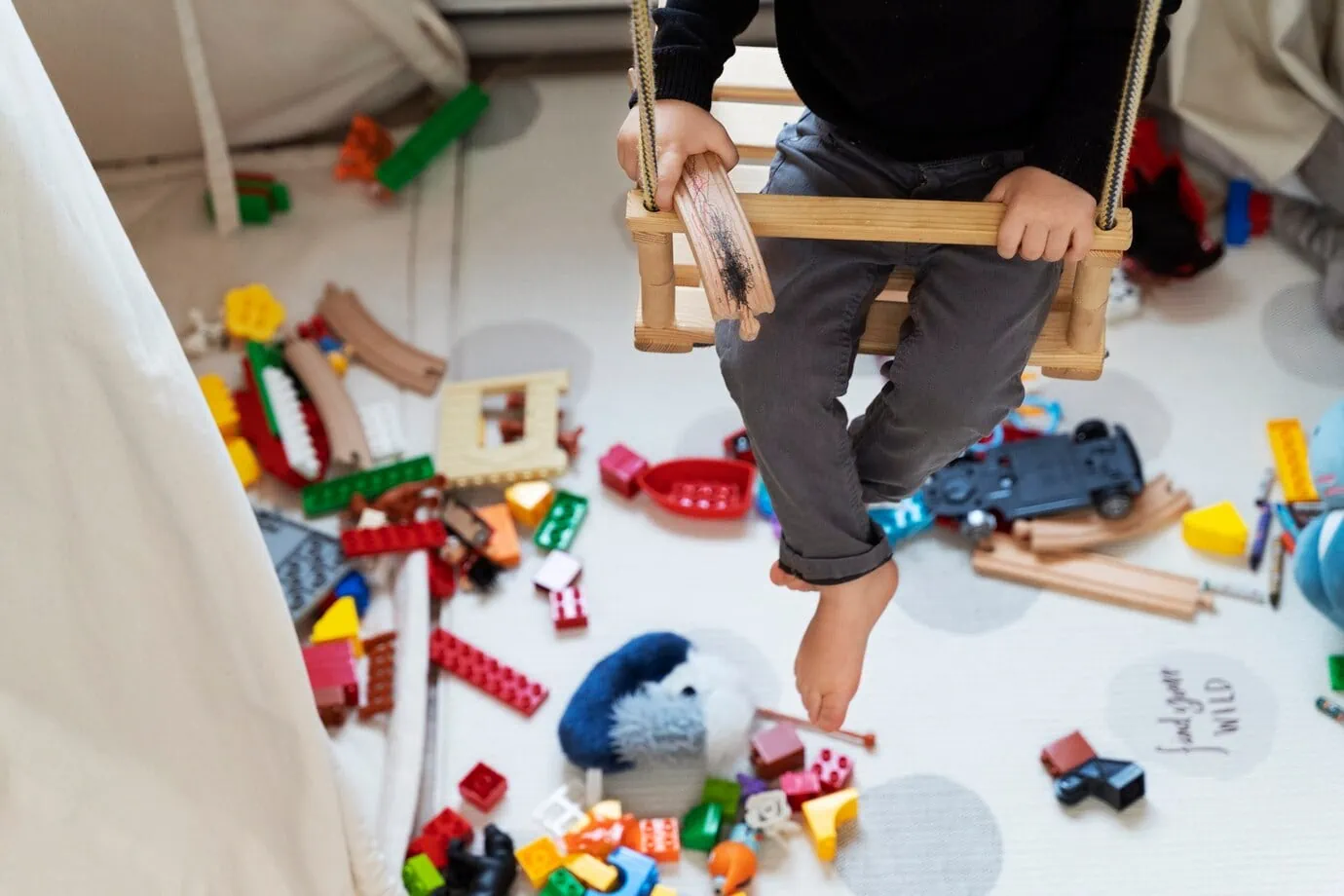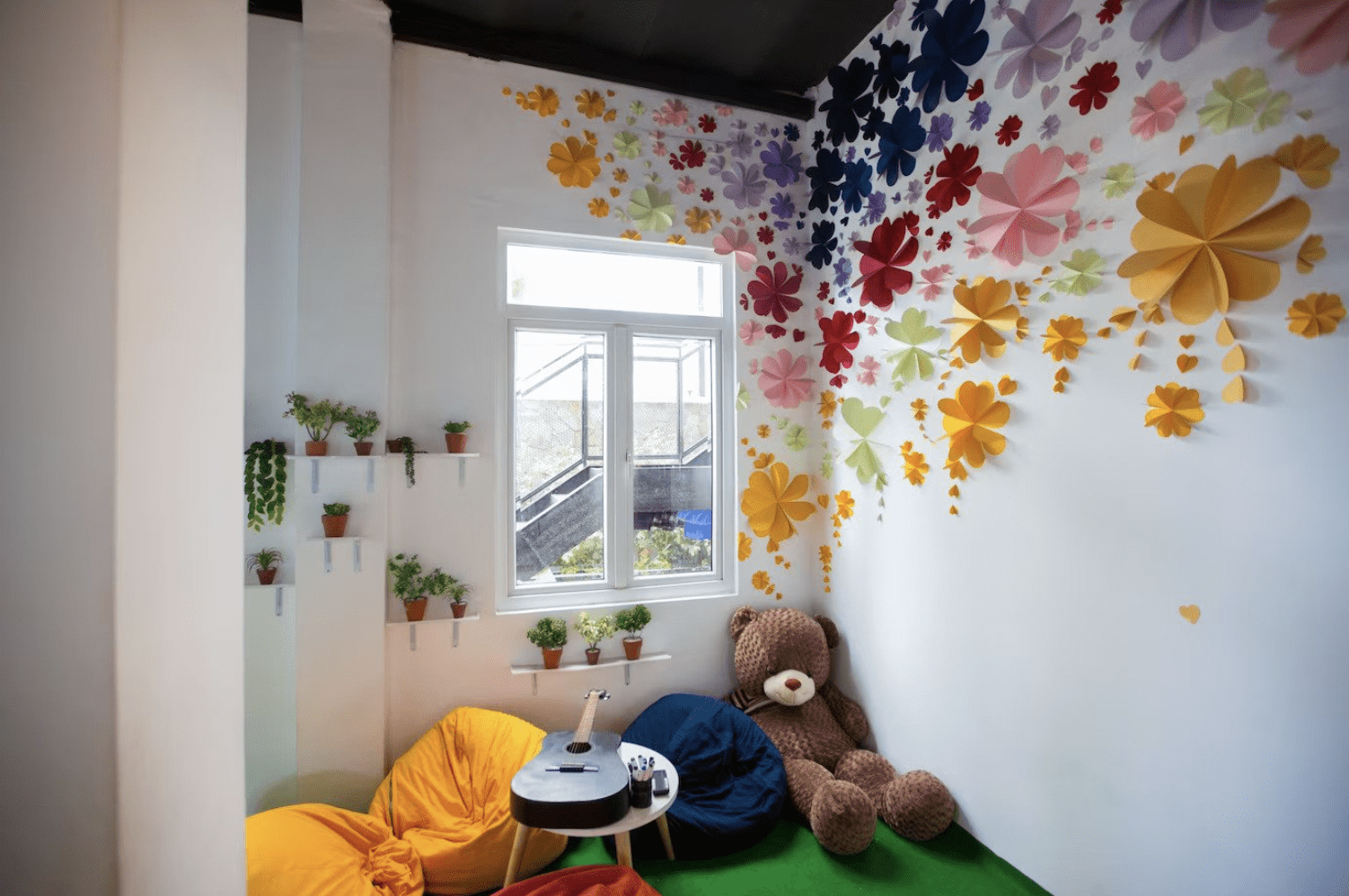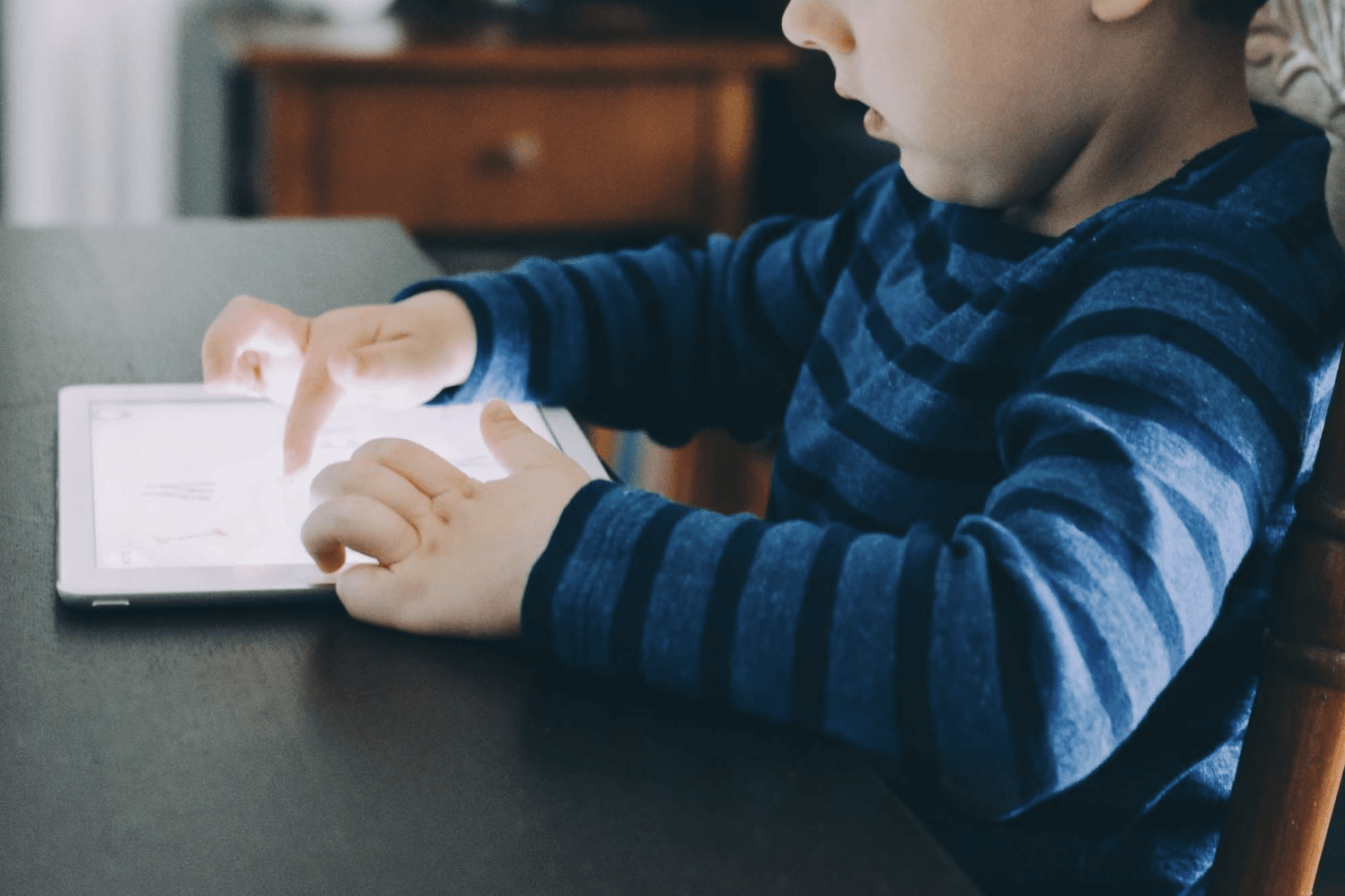It can be a challenging process for the parents. Source attitude
- Too much clutter is a NO NO
- Bright lights and colours hurt
- Screen time is not a quick fix
“We don’t know what to do.”
“We should have known.”
“We thought he/she was just being naughty.”
“We used terms such as stupid because he/she wasn’t performing well in classes.”
These are some of the sentiments from parents during my initial sessions with them. It breaks my heart to know that parents tend to blame or be harsh on themselves for not knowing their child’s condition.
If you are a parent and you’re reading this, it’s okay that you weren’t aware in the first place. It’s not your fault. Unlike physical illnesses such as fever, coughing, etc., neurodevelopmental disorders’ symptoms are usually mistaken for child misbehaving. Remember, the fact that you’re getting help for your child is a huge step forward.
Here are a few more tips on managing ADHD.
1/ Cluttered Room
Cluttered room causes distraction. Source freepik
Children with ADHD symptoms struggle with distractibility. They have a short attention span and are easily distracted by external stimuli. Thus, it is crucial to consider their room’s setting. A room filled with toys sounds like a dream for your little ones, but they can be the source of interruptions.
Think about that, put yourself in the child’s shoes. It is challenging enough for you to sit still, then on your right, a huge, fluffy teddy bear waiting for you to snuggle it. On your left, a sea of enticing and colourful legos waiting to be built. Do you think you will be able to focus?
When I gave this example to one of my clients, she had a “eureka” moment. She then explained that her child’s room is just a toy heaven. This is something that we tend to overlook. Personally, even in my office, I remember my client who was struggling with ADHD told me, “Allistair, I can’t concentrate on our conversation because I am so preoccupied with the view out the window”. That was unexpected, and I became more conscious of the space I provide for my client.
Ideally, a bedroom should be designated as a space purely for resting and sleeping, however, in some cases where rooms are limited, ensure that the clutters are removed after playtime. Turn cleaning into a “fun” activity with your child. Play some music during the tidy-up session.
Assign cleaning as part of the schedule, and make sure you give clear information. If you want to know more about effective scheduling and instruction, read Working Around ADHD part 1 for additional information!
2/ Coloured Walls and Fluorescent lighting
Seems harmless, but this can cause sensory overload. Credit katemangostar
If you’re designing a room for children, chances are the room tends to be brighter or more colourful. Some even have wallpapers decked with their favourite cartoons or animals galore. Well, it’s definitely a good intention to make your child “happy” with their space.
“He has a Disney wallpaper on his room.”
“The walls are painted with multiple colours.”
What could go wrong?
Overstimulation. One of many difficulties that children with ADHD tend to struggle with is sensory overload, which includes visual, audio, tactile and so on. For non-neurodivergent children, bright colours can invoke feeling such as happiness, but for neurodivergent, it can be a source of stress. Unbelievable? But that’s the fact. Behavioural changes and emotional distress tend to occur with sensory overload.
Neurodivergent children that exhibit comorbidity between ADHD and autism spectrum disorder (ASD) with severe impairments, they might not be able to express these overwhelming feelings, thus resulting in a temper tantrum.
In order to cater for them, pick a softer tone, such as light brown or blues that can exude calmness. Whenever possible, use a table, desk lamp or fluorescent filter to keep those nasty bright lights away from your children.
3/ Screen Time
Are you tracking their screen time? Source Parents
Me: What do you do to help your child to calm down?
Parents: We give them phones/iPad/electronics. That is the easiest solution.
As a clinical psychologist, it’s understandable for parents to want a quick fix. I’ve heard parents say “we are tired” or “we don’t have any other solution”. If I had a magic wand and I could poof their “tiredness” away, I would. I can only imagine the amount of effort parents need to put in on a daily basis. However, excessive screen time can be counterproductive in the long run. Research shows that uncontrolled screen time is linked to sleeping disturbances, anxiety and depression.
Some children can become engrossed in certain videos/games causing them to hyperfocus on their screen. The challenge lies in taking away gadgets. “I had an argument with my child because he doesn’t want to put down his iPad even on the dinner table”. Excessive screen time can cause friction and stress for both children and parents.
Nonetheless, parents shouldn’t feel guilty about screen time. On the contrary, screen time can be used as a “reward” for good behaviour. For example, once your kid is able to finish one page of schoolwork, give them 10 minutes of screen time. Use a timer as an indicator Apart from that, a couple of screen time with physical activities such as playing games that promote physical exercises (RIngFiit). Another plus side, this can be a bonding experience between children and parents. Now that sounds fun, isn’t it?
We would love to hear additional tips from you! Do share with us on the comment below. For more aww-aspiring content, join our newsletter!













